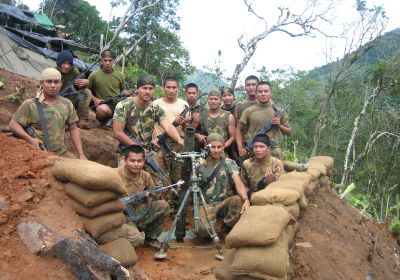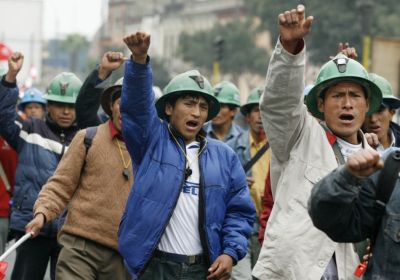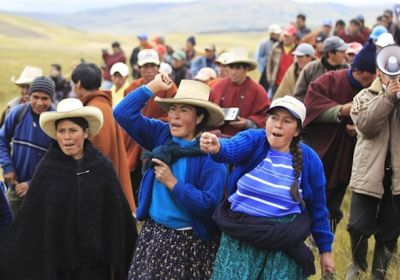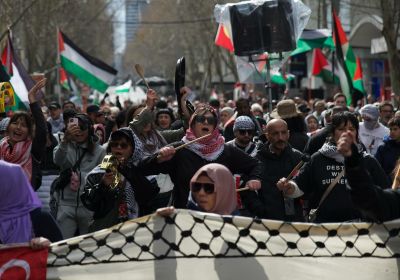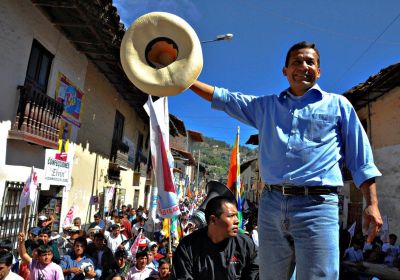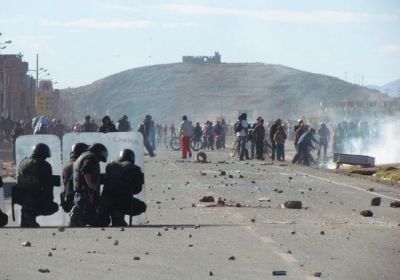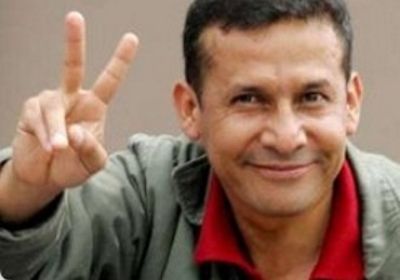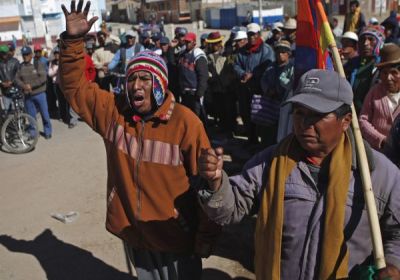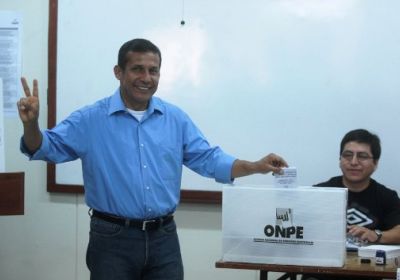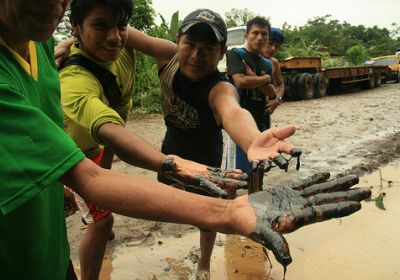
The highland agricultural community of Santa Rosa de Cajacuy, in Peru’s central Ancash department, has been severely affected by a toxic spill from the BHP Billiton and Xstrata-operated Antamina mine.
Antamina is one of the world’s largest sources of copper and zinc. It relies on a 300 kilometre high-pressure pipeline to pump resources from the mountains to coastal port facilities.
